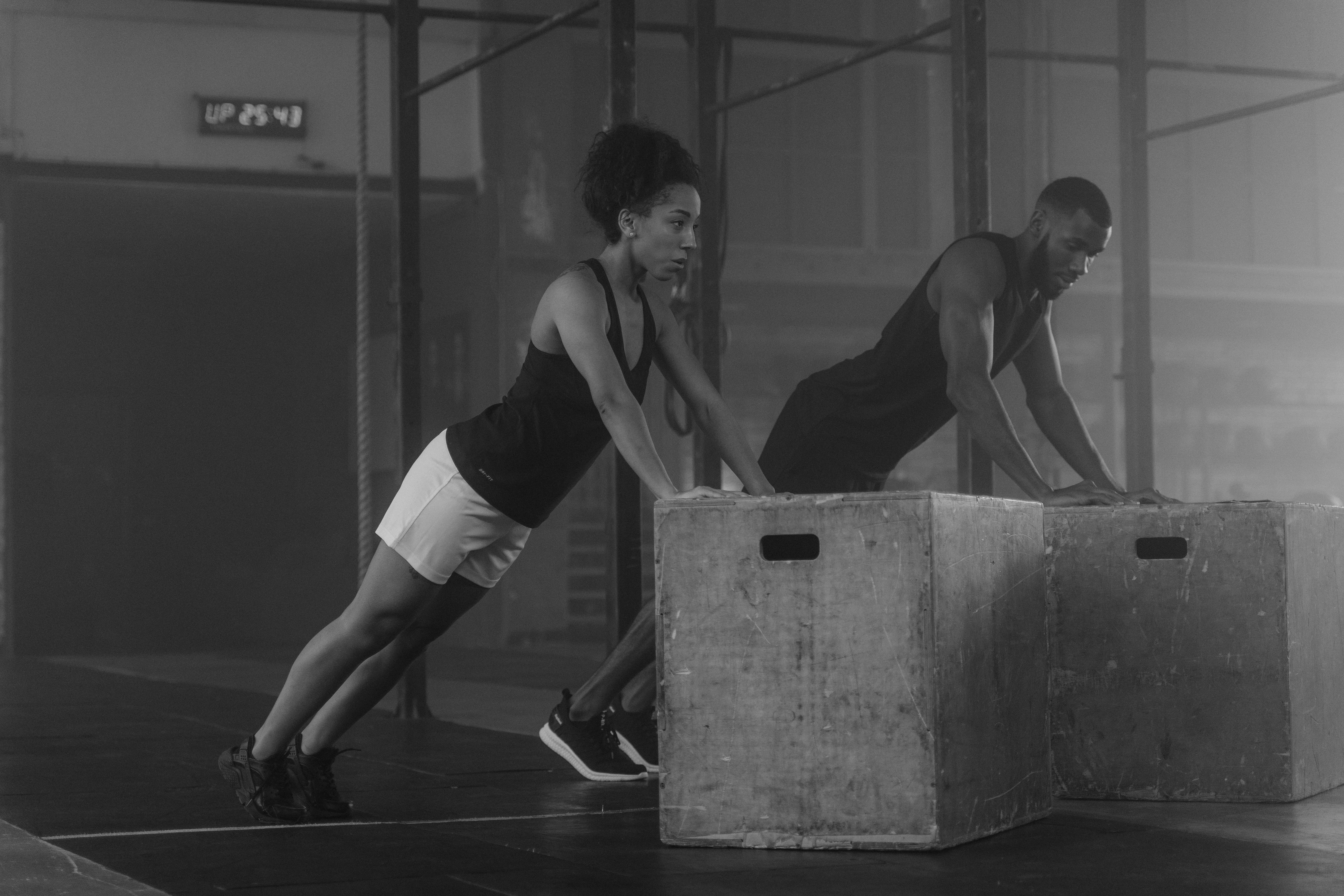This game is usually played for money as, unlike other card games, euchre or cribbage for example, there is no scoring involved. The game is played with a deck of cards from which the dealer deals three cards to each player. Before the deal, each player must place a sum of money, the ‘ante’, into what is commonly known as ‘the pot’. Each player, in turn, bets by putting more money into the pot until there are only two players left in the game. The player with the highest ranking hand wins the contents of the pot.
Let’s break this down a bit further and examine the various stages of the game and for the purpose of this article we will assume that the game is not being played in a casino. Three Card Poker is a gambling game, so it’s best to lay down some rules that each player knows and is comfortable with before entering the game.
It is necessary to establish and agree on the amount that each player pays before being able to participate in each hand, this is called ante. Each player must pay the ante in full before each new hand is dealt. A minimum and maximum initial bet amount must be agreed upon. These are the minimum and maximum amounts that the first player can bet to stay in the hand. The ‘raise’ limit must be set. The raise limit is a predetermined maximum bet at the table that no player can exceed. Some card schools will allow wild cards, sometimes referred to as “floaters”, and these must be disclosed prior to the start of the game.
The game itself is played with a deck of 52 cards with no jokers. To determine who will deal first, cards are cut and then dealt clockwise until a shortlisted card appears, at which point the player receiving the card will deal first in the game proper. Cards are shuffled well before the first deal and are not shuffled again until a player is dealt three of a kind or “prial”, eg three kings or three sevens etc.
To start the game, each player puts their starting money into the pot, then the dealer deals one card to each player in turn, starting with the player to their immediate left and working their way around the table three times until everyone has three cards in front of them. them, including the dealer. . Players must play or fold in turns, starting with the player to the dealer’s left. If a player folds, his cards are placed face down at the bottom of the pack (the rest of the deck containing the unused cards). At the end of the hand, the deal will be passed to the player to the left of the outgoing dealer, so play and deal both go clockwise.
The betting begins with the player to the left of the dealer who can do one of three things. He can leave his cards face down on the table and bet ‘blind’, that is, bet without looking at his cards. While this can be risky, since your hand could be one that most players would instantly fold, it allows you the luxury of only betting half as much as players who are ‘open’, i.e. have seen your hands ( an open player cannot lift or call a blind, but a blind can lift or call an open man). Second, he can look at his cards and bet an amount according to the minimum and maximum amounts of the first bet, or lastly, he can fold or “stack” his cards. After he or she plays or folds, play moves on to the next player to determine what he or she will do, and so on.
Play continues around the table as needed and players bet to stay in the game or fold to quit until the winner is determined. The winner may not necessarily be the player with the highest ranking hand if all cards are face up. In some cases, players will take turns folding their hands, judging that they are not good enough to justify betting more money, leaving it to the last man to take the pot. The last man may only have the lowest possible hand, a mixed-suited Two, Three and Five, but he wins the pot because the other players fold. Most of the time, play will continue until there are only two players left, and at some point, one will call the other, in which case the player with the highest hand wins. Sometimes there will be two players left where they both have identical ranking hands, eg Ace, King, Four, all diamonds. In this case, the player who pays to see the other player’s cards and thus ends that particular game loses.
Hand rankings fall into one of six three card poker categories. The top category is a prial, and it is three cards of equal rank or value, with the absolute highest ranking hand being three Threes. The second best hand would be three aces, then kings, and so on.
The second highest category would be a flush stream where Ace Two Three suited is the top of the stack, followed by Ace King Queen, King Queen Jack and so on up to Four Three Two.
The third category hand rankings follow those of the second category with the exception that these are races made up of mixed suits. Note that a Two Three Four in the second category (running flush) beats an Ace Two Three in the third category (running).
The fourth category is made up of colors where all three cards are of the same suit, with the highest color being Ace King Jack and the lowest being Five Three Two.
The fifth category is where we find the pairs, with the best being a pair of Aces, then Kings and so on up to Deuces. When there are two hands left in the game and both have a pair, naturally the highest pair wins, but if both pairs are equal, the player with the third highest card is considered the winner (unless both hands have the highest pair). same value, as mentioned above). where the player who ‘sees’ the other player loses).
Finally the sixth and lowest ranking category is where we find the high card. Basically, this is where you have a hand that doesn’t make any of the melds found in categories one through five, so the rank of the hand is determined by its highest value card, the Ace being of course the highest, then the King, etc. When players have identical higher rank cards, the second highest rank cards are used to find the winner and, if those cards are identical, they are compared against the third highest rank cards. If neither hand beats the other, the player who paid to see the other players’ hands loses.
The stakes are such that you cannot bet lower than the previous player, but you are not required to bet higher unless you feel the need to. When there are only two players and one country left to see the other, which has to be double the last amount bet, the player who is called must show his cards. If the caller’s hand is higher, he must show his hand to show that he is the winner, but if he has the losing hand, he has no obligation to show his cards, since he has lost hand
There is a final rule that if a player runs out of money they can ‘cover the pot’, whereby when it is their turn they can put all the remaining money into the pot and then place their cards face down on top of that pot and the remaining players. keep betting without him putting his money into a new pot. Covering the pot is only allowed when a player has little or no money left after their cover bet. When the winner of the new pot is decided, the player who covered the old pot has their cards revealed and the highest hand wins the old pot. In case of a tie, the player who covered the pot loses.
This really is a great game to play, but be warned, a good three card poker game can last all night if things go right.

